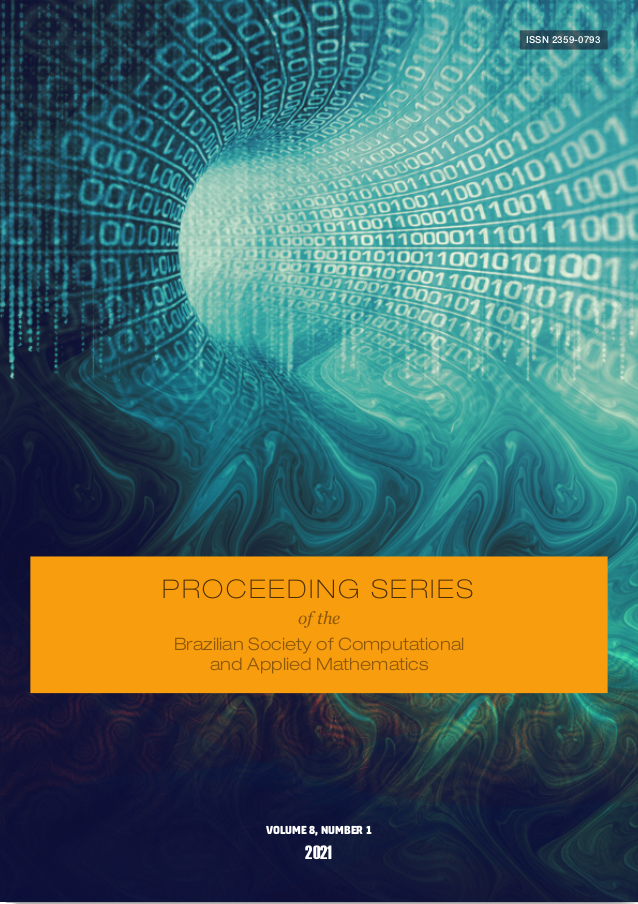Modelo híbrido para câncer e sistema imunológico
Resumo
De acordo com o Instituto Nacional do Câncer, 625 mil novos casos da doença ocorrer ̃ao a cada ano no triênio 2020-2022 no Brasil [4]. [...]Downloads
Referências
Araujo, R. P. and McElwain, D. S. A history of the study of solid tumour growth: thecontribution of mathematical modelling,Bulletin of Mathematical Biology, 66(5):1039-1091,2004. DOI:10.1016/j.bulm.2003.11.002.
Bogliolo, L. Bogliolo Patologia. Rio de Janeiro: Guanabara Koogan, 1971.
Ferreira Jr, S. C., Martins, M. L. and Vilela, M. J. Morphology transitions indu-ced by chemotherapy in carcinomas in situ,Physical Review E, 67(5):051914, 2003.DOI:10.1103/PhysRevE.67.051914.
Instituto Nacional de Cancer Jos ́e Alencar Gomes da Silva. Estimativa 2020: incidˆencia decˆancer no Brasil. Inca, Rio de Janeiro, 2019.
Mallet, D. G. and De Pillis, L. G. A cellular automata model of tumor-immune system interac-tions,Journal of Theoretical Biology, 239(3):334-350, 2006. DOI:10.1016/j.jtbi.2005.08.002.
Parish, C. R. Cancer immunotherapy: the past, the present and the future,Immunology andCell Biology, 81(2):106-113, 2003. DOI:10.1046/j.0818-9641.2003.01151.x.

